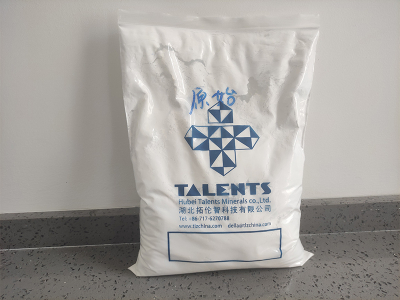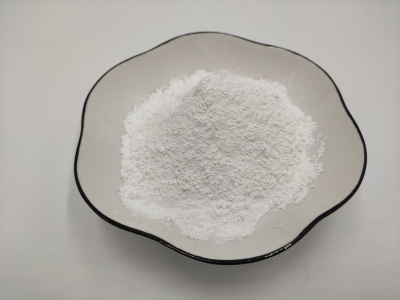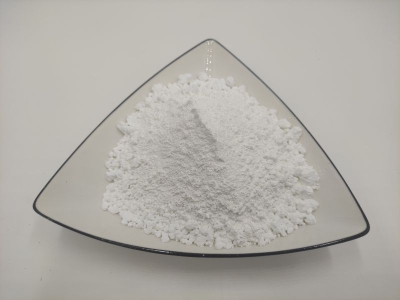Five major surface modification methods and characteristics of nano barium sulfate
Five major surface modification methods and characteristics of nano barium sulfate
1. Coupling agent modification
The coupling agent is a kind of substance with an amphoteric structure, which can connect the inorganic-philic group and the organic-philic group, that is, the coupling agent acts as a molecular bridge, so as to make the interface between inorganic and organic matter. enhanced. Typical coupling agents include silanes, aluminates, titanates and the like.
Silane is a coupling agent that is widely used and used in a large amount. It is very effective for inorganic nanoparticles with hydroxyl groups on the surface, but the general silane coupling agent has a weak binding force to the surface of barium sulfate. The more effective one is the multi-component coupling agent, which can silanize the surface of the nano-barium sulfate, which is expensive and complicated to use.
The titanate coupling agent has a good modification effect on most inorganic particles, because titanate can form a chemical bond with the free protons on the surface of nano barium sulfate, thereby forming an organic film on its surface, resulting in surface properties. changes happened. However, due to its high price and the existence of ingredients that are harmful to human health, its application is becoming less and less.
Aluminate coupling agent is a new type of coupling agent. The easily hydrolyzed alkoxy groups in the molecule chemically react with the free protons on the surface of barium sulfate to produce a monomolecular film and form irreversible Al-O bonds. Thereby improving product performance, its performance is also better than other coupling agents.
2. Surfactant modification
Surfactants have low cost, many types and large output. Different types of surfactants can be used to synthesize products with different properties. The modification technology is relatively mature, so it is used more and more. Fatty acid (salt) is a relatively common and inexpensive surface modifier for barium sulfate, and the modified nano-barium sulfate has good dispersibility and affinity in the polymer. The modified nano barium sulfate is not easy to precipitate in water due to its surface tension, so the degree of activation can be used to reflect the quality of the surface modification effect.
3. Compound modifier modification
Compound modifier is a compound formula composed of 2 or more single modifiers, such as sodium palmitate/sodium stearate, sodium stearate/zinc sulfate, sodium stearate/dodecane Sodium sulfonate/allyl alcohol polyoxyethylene ether and other composite modifiers. When modifying nano barium sulfate, choosing a composite modifier can give full play to the advantages of each modifier, so that the modification effect is better than the single modification effect, and meets the needs of specialization and functionalization.
Zhang Beibei et al. used sodium stearate to modify the surface of ultrafine barium sulfate. The study found that the temperature and mass fraction were both reduced, energy consumption was saved, and the activation degree reached 99.90%. After modification with sodium palmitate/sodium stearate composite modifier, the heat resistance of the product is improved compared with the effect of single modifier modification, the particle size distribution is narrowed, and the average particle size is from 0.89μm (unmodified). ) reduced to 0.78 μm. This is because the polar groups of the modifier react with the barium sulfate particles, and the non-polar groups are coated on the outside. After compound modification, the long carbon chains are intertwined with each other to form a network structure, which enhances its hydrophobicity. The use of this modification method will be one of the trends in future development.
4. Precipitation reaction modification
The precipitation reaction modification method is a method in which a modifier is added to the reaction through a chemical precipitation reaction to form a coating film on the surface of barium sulfate.
This modification method has low production cost, simple operation and easy control of precipitation conditions, and is one of the commonly used methods for modifying particle surfaces. The particle size and morphology prepared by different modifiers and precipitants are also different.



